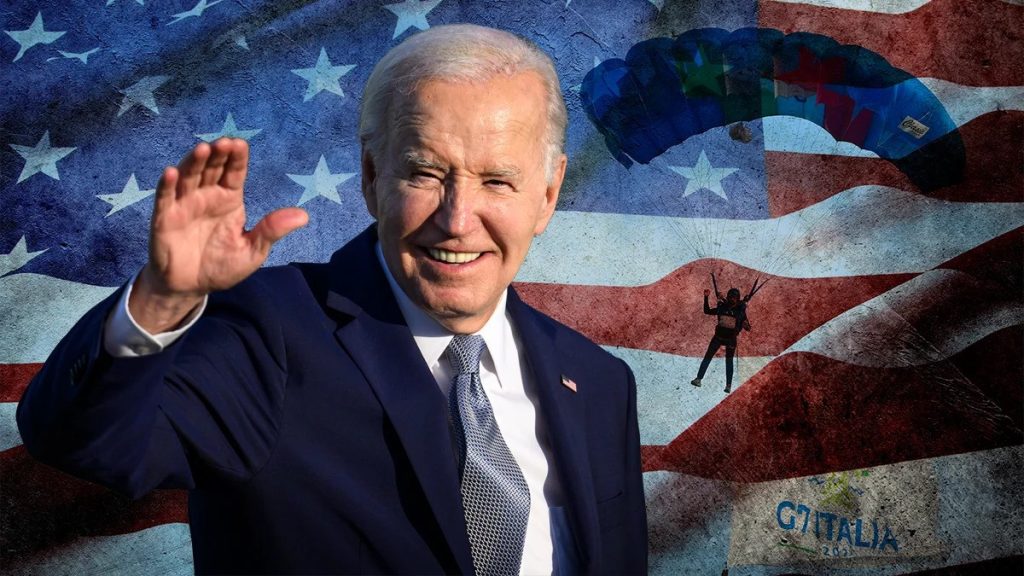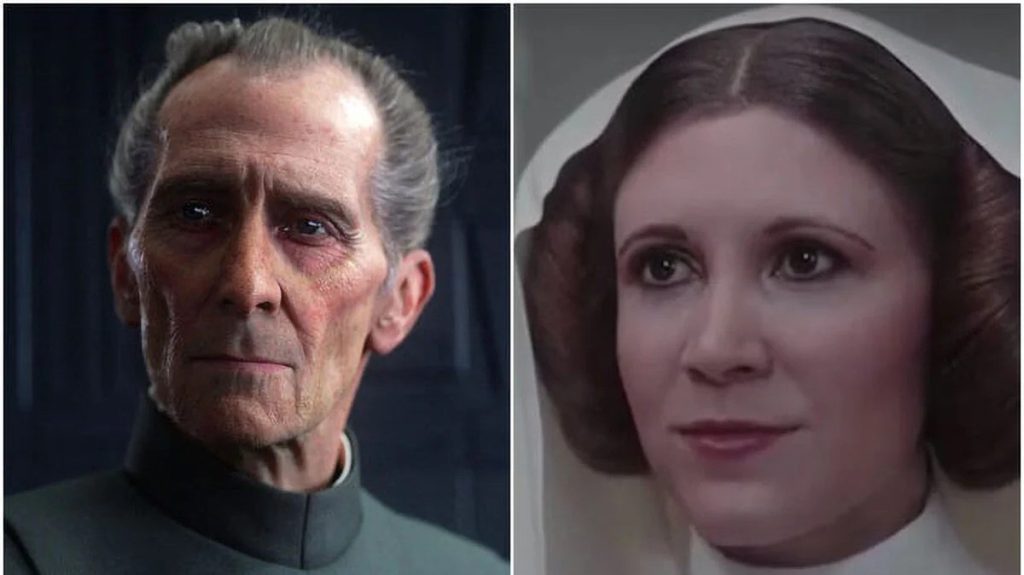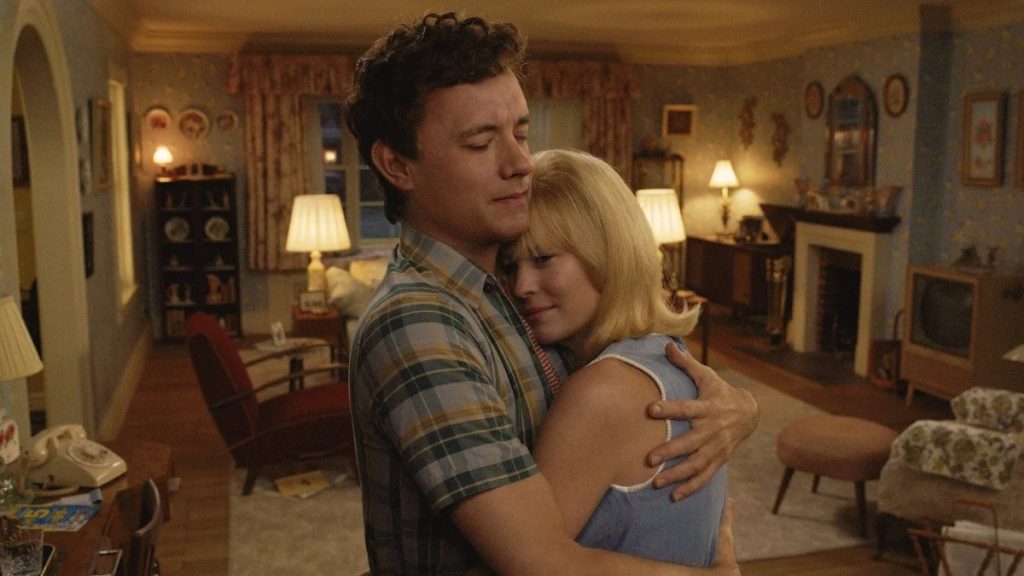Yes, they all relate.

U.S. President Biden was part of “cheap fake” video that seemingly showed him waiving to nobody at the G7 meeting in Italy. It was cleverly edited.
27 June 2024 (Crete) — There is nothing worse than to awaken in the morning, enjoy your first coffee going over your news feed. and you see a concatenation of events and articles just begging for a unifying narrative for your first post of the day.
So let’s get into it …
I’ll start with long-time friend Alexei Barrionuevo (entertainment and media reporter for a gazillion years) who had a few thoughts on tonight’s first U.S. Presidential debate. As he notes, and as I detailed earlier this week, unscrupulous actors (entire teams, actually) are ready to pounce on every moment of this debate to splice and socialize candidate gaffes, whether they’re real or not. It’s not just about AI-generated “deep fakes” anymore. Now we also need to be aware of so-called “cheap fakes.”
Just two weeks ago a “cheap fake” widely circulated by the New York Post and other alt-right media showed Biden at the G7 summit in Italy with the common caption “President Biden appeared to wander off at the G7 summit in Italy, with officials needing to pull him back to focus”.
As most “reputable” media pointed out in their coverage, many began noting that the video was cropped so as not to show the other group of skydivers that Biden was turning to address.
Last week, John Stewart’s The Daily Show featured the clip showing Biden seemingly waving to absolutely nobody, then being sheepishly escorted back to the main event. It’s at :42 in the following clip:
The real clip – which had been doctored to meet a certain political agenda – featured Biden waving to real actual parachutists who had just landed. In other words, Biden’s mind was, in fact, very much intact. Not in the air.
Cheap fakes – unlike deep fakes generated using sophisticated AI tech — are real media (images, video) that have been deceptively cropped or edited using simple editing tools to create an impact very different than the real thing. As Alexei noted:
Partisans created the Biden clip — and its rather diabolical cheap fake magic — undoubtedly on the cheap (hence, the name) with low-tech deceptive cropping. Alteration of real audio tracks are also hallmarks of cheap fakes.
All of these can be highly effective to spread disinformation at mass speed and scale, as we saw last week with the Biden video, which had been watched over three million times just two days after it had been posted.
By the time word got out about the cheap fake shenanigans, much of the damage had already been done. Everyone loves a salacious story after all, even if it isn’t true. That’s especially the case when media companies have lost any urge or inclination to be fair and balanced. There is no 💰 in that.
Cheap fakers attack on Nancy Pelosi
Nancy Pelosi notoriously suffered a similar fate in 2019. That’s when cheap fakers altered a video to slur her speech and make her appear to be intoxicated. The reality, of course, was something entirely different. Bad actors had simply subtly edited the video to meet their nefarious narrative, pressed “post” across all major social media platforms, and BAM! – the video went viral and created a fake narrative entirely its own. Red meat dished out. Red meat successfully served.
Both cheap fakes and deep fakes generate profound implications for media and entertainment as they proliferate at ever accelerating speeds. On the positive legitimate side, studios use deep-fake technology, with licensed consent, to resurrect actors who have been deceased for years, such as the digital recreation of actors Peter Cushing and Carrie Fischer for the film “Rogue One: A Star Wars Story”:

Peter Cushing Carrie Fisher were digitally de-aged for “Rogue One”
Celebrities are already lining up to scan themselves — Paris Hilton did so several years ago as depicted in the 2018 documentary “The American Meme” — so that their likenesses can stay forever young to act in future productions even when they physically can’t.
And as my team reported from Cannes Lions last week, the business opportunity is expected to be so great that CAA already has set up an AI talent cloning operation called CAA Vault.
On the sadly more pervasive side, our new era of fakes poses the very real serious threat to authenticity and trust in the media. Unable to distinguish real from increasing fakery even by some of the largest media companies on the planet, public trust is undermined — and then all bets are off.
Dystopian results are not limited to presidents and ex-presidents, of course. Malicious unauthorized cheap and deep fake videos of celebrities (not to mention non-celebrities) are proliferating with increasing frequency with potentially defamatory and even tragic results. Taylor Swift found herself at the center of the deepfake storm earlier this year, and several teens have reportedly committed suicide after being victimized.
President Biden has essentially no choice but to endure the fakery because he is the most public of public figures in the world. The U.S. courts are simply unlikely to intervene (have you followed this horror show called the “U.S. Supreme Court” lately?). But others like Swift and the parents of teens most certainly can and will sue as this technology proliferates.
The ironic thing about this tech-enabled mass deception – at least on the deep fake side of the equation — is that it’s now up to those same tech companies that empowered this alternative reality to knock it down. Big Tech claims to be on its way, with virtually every major platform developing one fake-spotting solution or another. Google, for example, has developed SynthID which identifies AI-generated content.
Note to readers: while SynthID’s watermarking technology offers numerous benefits, it is crucial to address the potential drawbacks and risks associated with this approach. Someone from my tech team will address that. But for many of us in the world of tech, we don’t seem to be producing many products lately that don’t have gigantic holes either in their security or their usability or their reliability.
And then at least some in government are doing their best to move laws and regulations forward, including by pushing the No AI Fraud Act, which offers protections for human performers. But how likely is that anytime soon, given the gridlock and downright anger in Washington?
And remember, purveyors of cheap fakes don’t need AI or complex tech to work their artificial alchemy. Simple editing techniques, which are hard to spot, can suffice. So ultimately, and unfortunately, it’s up to all of us to be wary of all content, read the warning signs, check multiple sources, and learn to distinguish what is real from what is fake.
Consider that as you watch tonight’s “Thursday Night Fight”.
Meanwhile, elsewhere on the generative AI front ….
Tom Hanks and Robin Wright reunite, digitally de-aged for Robert Zemeckis’ movie “Here”

Six years ago I gave the keynote speech at the annual Digital Investigations Conference in Zurich, Switzerland, a truly a one-of-a-kind event. It is Switzerland’s only such conference that provides a platform for computer forensic experts, vendors, partners and sponsors working in digital investigations and e-Discovery.
I was there for a week and I had the opportunity to visit the Disney Research center where Disney Studios does its more mind-bending movie technology. I saw a prototype of a new AI camera that could age/de-age an actor, and actually digitally apply make-up without anything actually physically touching an actor’s face.
I thought about that this morning with this story. And I have a bit of an inside feed because a cinematographer friend is actually working on this movie.
The film is called “Here” and it reunites Zemeckis with his “Forrest Gump” stars Tom Hanks and Robin Wright. It should hit U.S. theaters this coming November. The trailer is below.
“Here” is based on Richard McGuire’s graphic novel of the same name, which was released by Pantheon Books in 2014, was based on a six-page comic strip McGuire originally published in 1989. The graphic novel, like the film, is told from a fixed point of view in a family home. The camera doesn’t move, just watching the action unfold over the years, from the distant past to the far future.
What’s unique about the TriStar Pictures/Miramax film is that it used a generative AI-assisted technology called Metaphysic Live, which allowed for face-swap and digital de-aging to happen in real time.
Now Zemeckis has always been on the technological cutting edge, whether it’s “Who Framed Roger Rabbit,” “Forrest Gump” or his performance-capture movies like “The Polar Express” and “Beowulf”.
Since 1994’s “Forrest Gump,” which won them both much-deserved Academy Awards, Hanks and Zemeckis collaborated on “Cast Away,” “The Polar Express” and most recently the direct-to-Disney+ live-action version of “Pinocchio.” This is the first movie that Hanks, Wright and Zemeckis have made together since “Forrest Gump”. Also along for the ride is “Forrest Gump” screenwriter Eric Roth, who cowrote the script for “Here” with Zemeckis.
The trailer:
And lastly, how about the Roman Empire, the “restored footage concept”. All created by AI using Midjourney and Luma Dream Machine.
This is an early conceptual piece. A great idea and the visuals are stunning. The creators are working to improve many aspects:
• fixing the dilapidated / bombed out ruins look
• using brighter colors on the buildings and better, manicured gardens
• less “Buddhist monk” orange (see the one scene near the end)
Imagine the historic movies they will make. Here is the clip:

The Stanford Internet Observatory, the magnificent disinformation monitoring project, was shut down recently due to withering attacks by the Republicans and the alt-right. It just could not withstand the attacks. But frankly, as I have said numerous times, we have lost the battle against election disinformation.
Renee DiResta was research director at the Stanford Internet Observatory, and earlier this week she wrote about the project and the brutal attacks. The recipe for crap: America has perfected it. As HG Wells said “we are in a race between education and catastrophe”, and it’s pretty obvious (to me) education is not winning.
The article was bouncing back and forth across the NY Times paywall so I put it up on my Slideshare which you can access by clicking here.